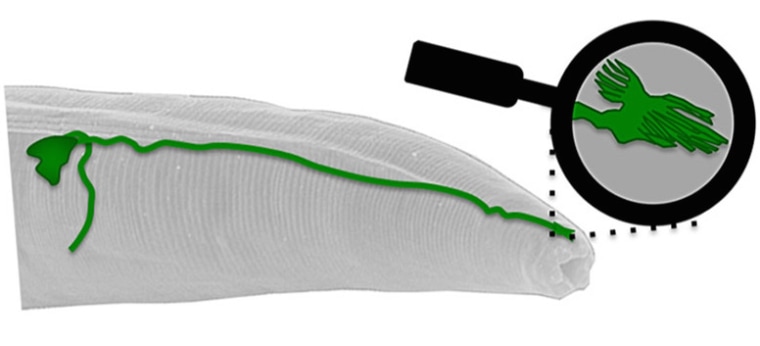It's well known that many animals rely on the Earth's magnetic field to tell them where they are and where they need to go. But until now, no one has ever figured out just how they do it. Researchers at the University of Texas at Austin, led by Andrés Vidal-Gadea, have found a structure inside the brain of the simple worm C. Elegans that appears to act like a tiny antenna, detecting the magnetic field of the Earth and allowing the animal to orientate itself underground.

The specialized cell featuring the magnetic sensor is called an AFD neuron. It was known to help detect temperature and carbon dioxide levels, but this recent research showed that it is sensitive to magnetism as well. The information is used to tell which way is down, among other things.
Related: Scientists Aspire to Nature's Genius With 'Biomimetic' Research
Interestingly, when worms were brought to the Texas lab from Australia, they burrowed up instead of down when hungry — suggesting their magnetic sense hadn't adapted, and their view of the world was literally upside down. Other worms from far away exhibited similarly skewed perspectives, always going the direction "down" would have been if they were still in their native lands.
That this sophisticated structure was found in so ancient an animal (simple worms like C. Elegans have existed for hundreds of millions of years) is remarkable, and suggests that more complex animals like birds and fish may have similar but perhaps improved versions of the same thing.
Related: Scary Smart: Dolphins Seem to Have a Magnetic Sense
The research appeared Wednesday in the journal eLife.
